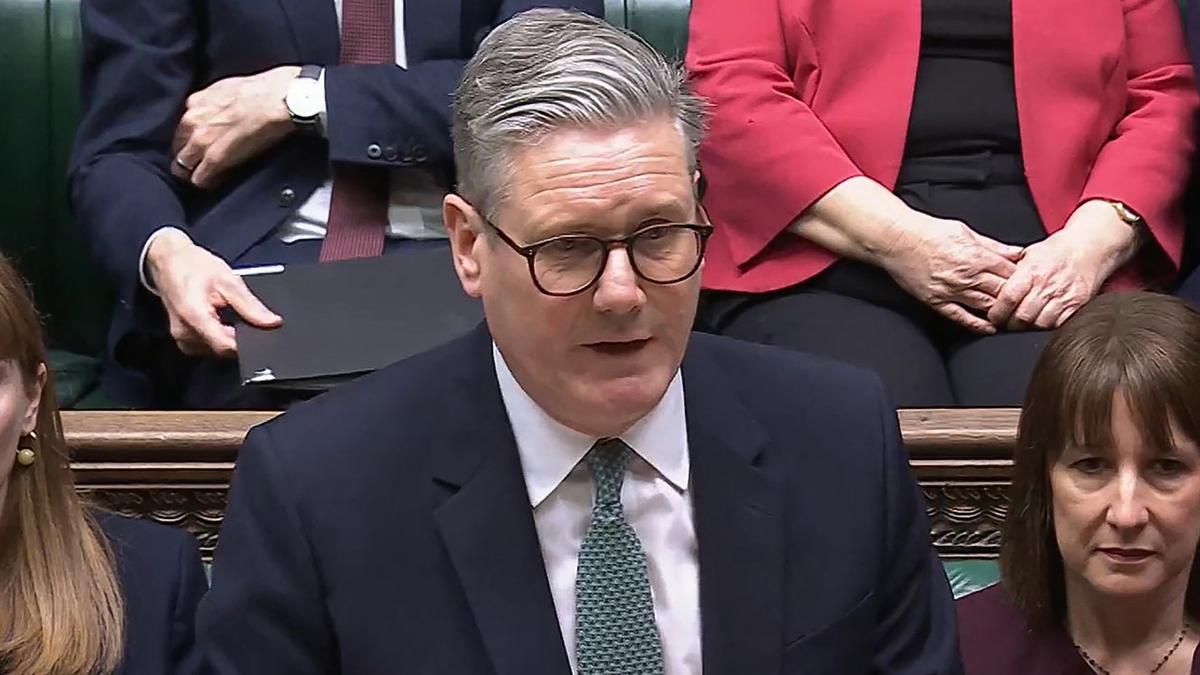
U.K. to increase defence spending to 2.5% of GDP during 2027
The Hindu
U.K. government to increase defence spending to 2.5% of GDP in 2027, with a target of 3% in the future.
The U.K. government will increase its defence spending to 2.5% of GDP during 2027 and maintain that level annually, up from the current level of 2.3%, U.K. Prime Minister Keir Starmer told the House of Commons on Tuesday (February 25, 2025).
The defence spending target will increase to 3% in the next parliament. Previously Mr Starmer’s Labour government, had a target of 2.5% without a set timeline.
The timing of Mr Starmer’s announcement is significant as it comes just before his meeting with U.S. President Donald Trump on Thursday (February 27, 2025) in Washington. Mr Trump has pressured Europeans to spend more on defence in the context of the North Atlantic Treaty Organization (NATO) military alliance. Mr Trump has also repeatedly indicated that the U.S. will not be supporting Ukraine financially and militarily as it has in the past, as his administration directly negotiates with Moscow to end the Russia-Ukraine conflict.
“I can announce that this government will begin the biggest sustained increase in defence spending since the end of the Cold War,” Mr Starmer said, emphasizing that the new commitments meant an extra GBP 13.4 billion on defence each year. The increases would be financed in the short term by cuts to the U.K.’s international aid budget, from 0.5% to 0.3% of GDP from 2027, Mr Starmer said, adding that he was not happy to make that choice.
“But at times like this, the defence and security of the British people must always come first,” he said.
“All European allies must step up and do more for our defence,” he said, announcing that the UK will set a defence spending ambition of 3% of GDP in the next parliament (i.e., 2029-2034), “subject to economic and fiscal conditions”.
NATO countries had previously agreed to spend at least 2% of GDP on defence but Mr Trump has pushed them to raise that level to 5% of GDP while NATO’s Secretary General has called for a target of more than 3%.













